State of the Acre: Update on Corn Leaf Disease Trends

Leaf diseases continue to be a major threat in corn, but some are coming under better control in recent years thanks to advances in germplasm, combined with advanced control options and careful management. Here are some key trends for you and your customers to be aware of this season.
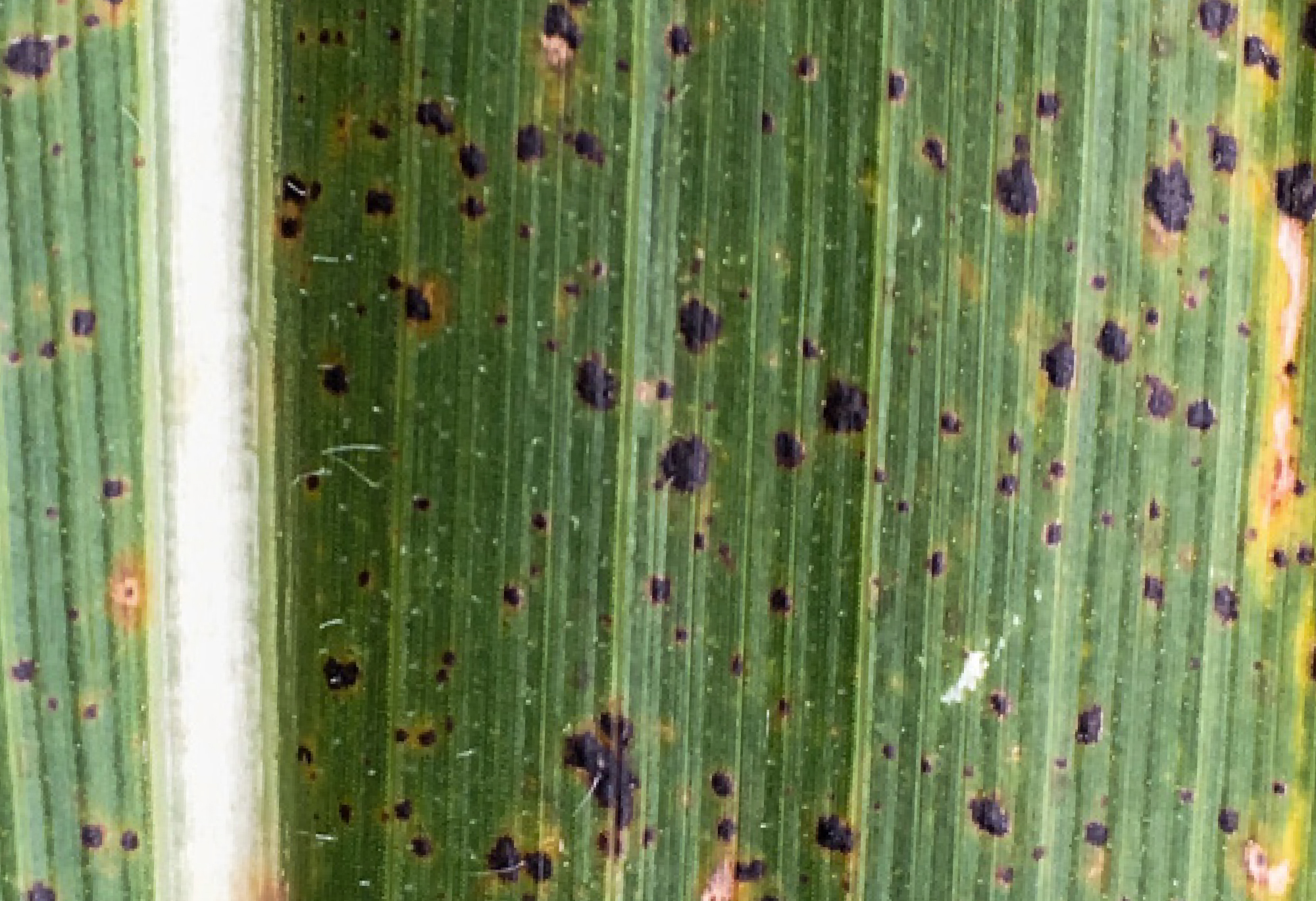
The tar spot threat changes from season to season, but overall, incidence is on the rise across the Midwest. Your customers should be ready to step in with a fungicide treatment if cool, wet conditions settle in during ear fill. There are no tar spot-resistant hybrids available yet, but Corteva Agriscience hybrids have generally shown better tolerance, possibly due to the greater genetic diversity in our corn portfolio. Check out our in-depth look at tar spot from last month.
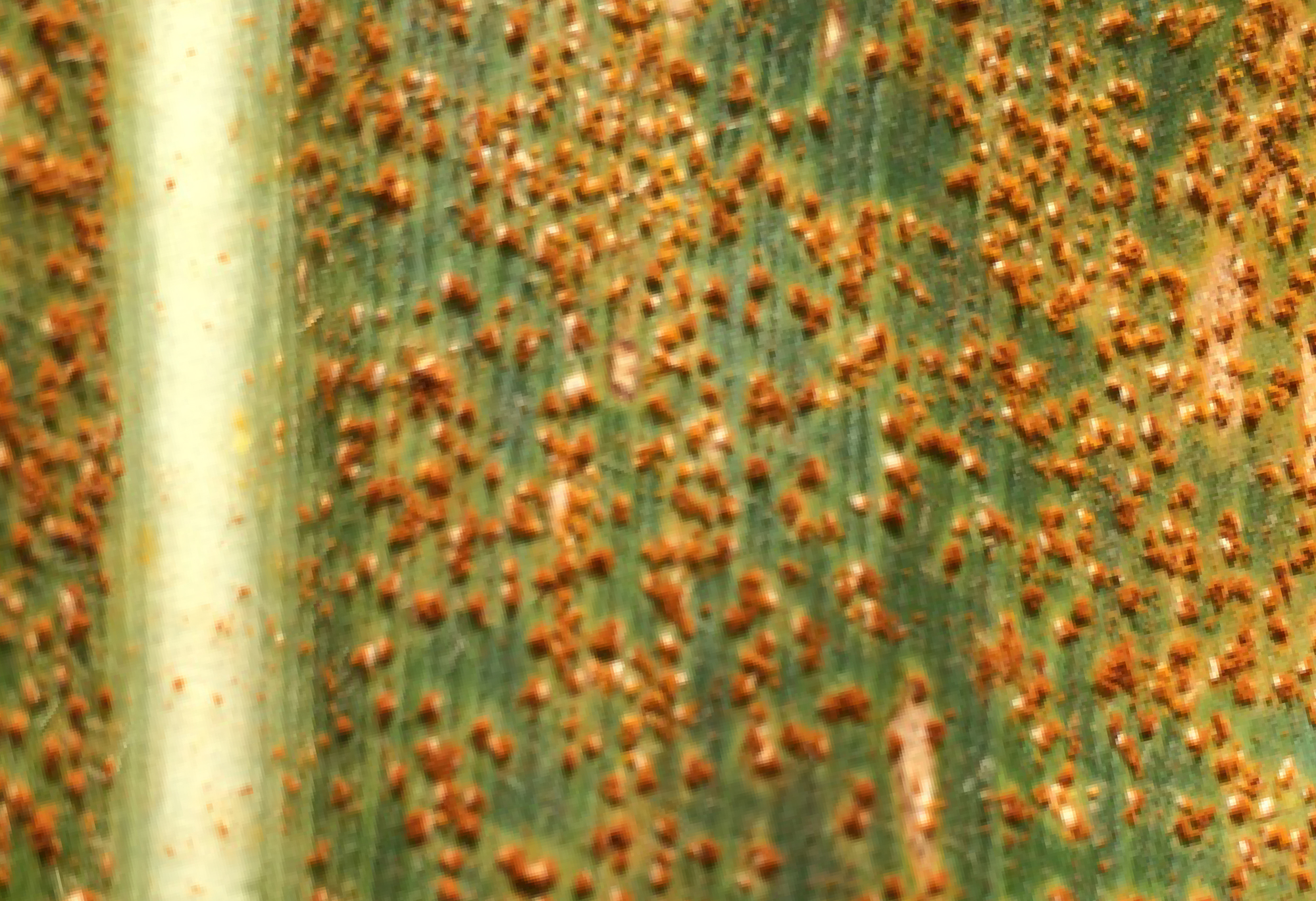
This disease continues to be very environment dependent, which makes incidence unpredictable. Corteva researchers have seen a sharp decline in southern rust, followed by a significant uptick. Southern rust originates in the Rio Grande Valley area, but storms — particularly hurricanes — can pick up spores and deposit them states away, driving the disease across the Southeast and up to the Midwest. Adding to the challenge, race shifting in southern rust has greatly reduced the utility of the Rpp9 event for tolerance. Work is ongoing to develop a multigenetic response that will be more resilient to mutations in southern rust. In the meantime, it’s important for farmers to stay on top of this risk. They need to be vigilant of any southern rust outbreaks downwind and watch for the first signs of lesions. It’s a good idea to plan for fungicide control now, so treatment can happen at the first signs of disease.
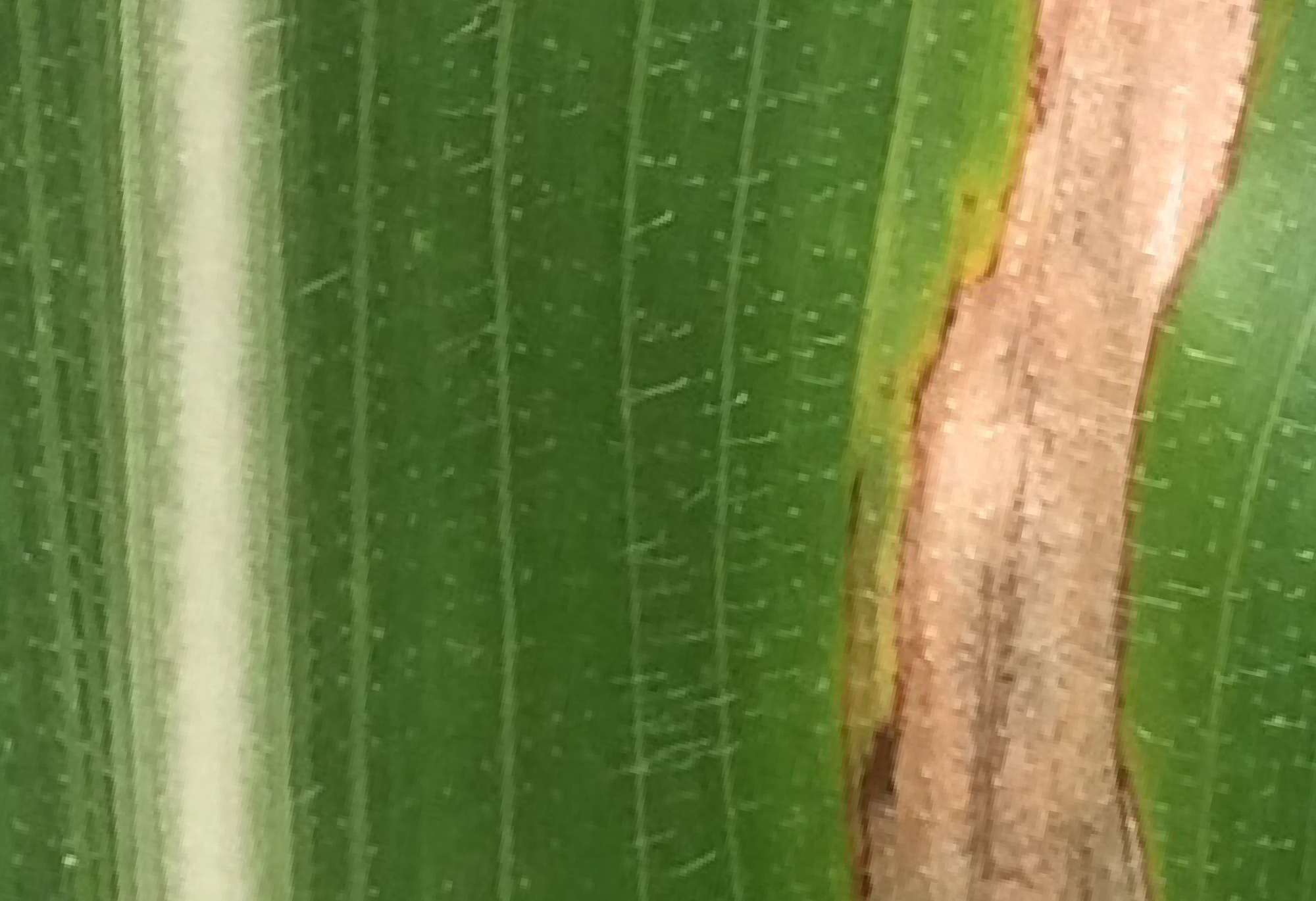
NCLB residues can overwinter, and the disease can also be carried by wind and rain, although it’s not as farranging as some other diseases. Incidence of NCLB is mostly holding steady, but there is a slight upward trend. While better and more tolerant hybrids are available, there are also some changes in the races of NCLB that could offset those genetic advances. Corteva breeders believe there is still more room for developing genetics to deal with NCLB, and they’re actively working on improved hybrids. Where NCLB is an issue, farmers should consider fungicide and management practice options to supplement genetic defenses.
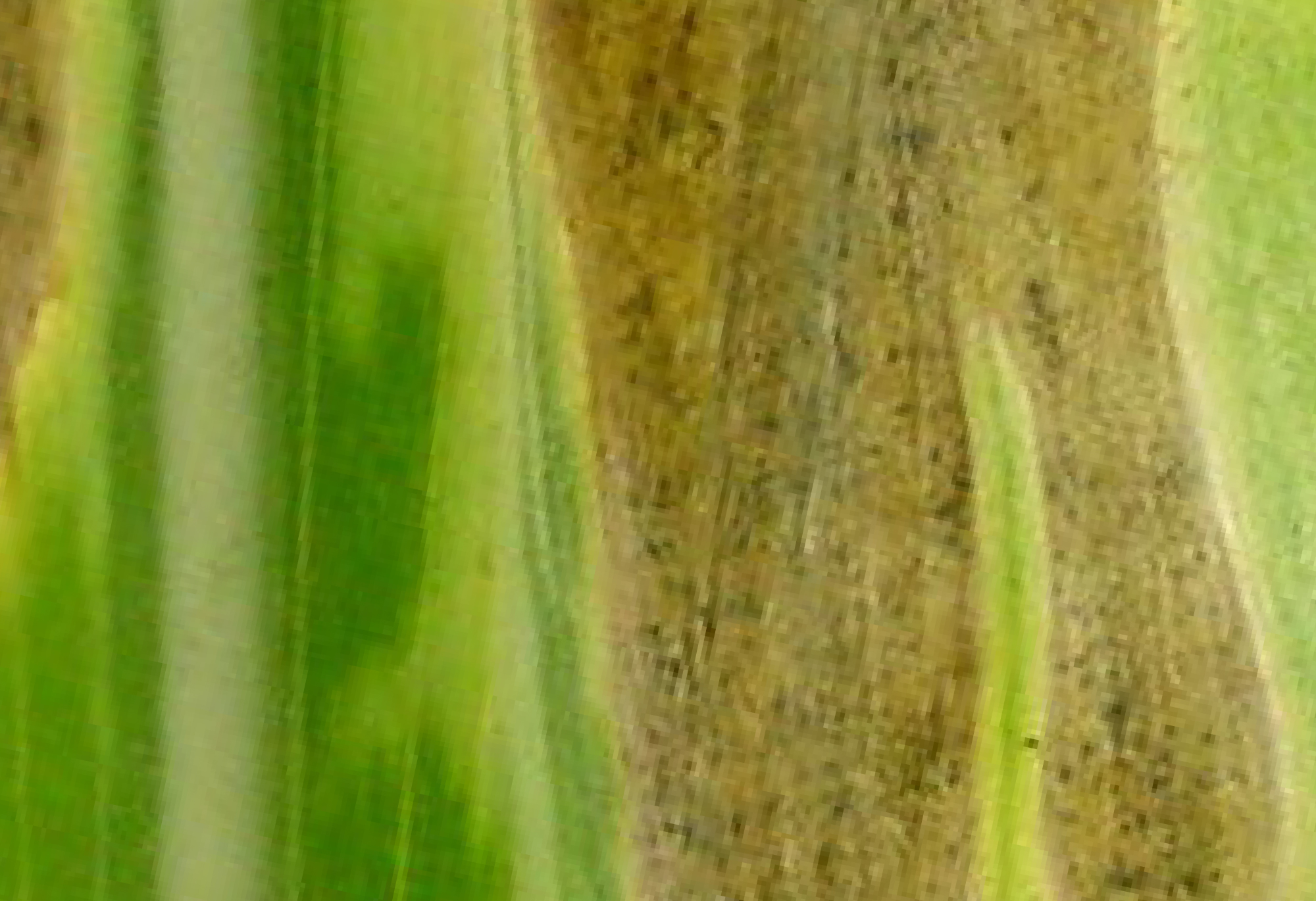
While it’s mostly holding steady, there’s some indication of a slight downward trend with Goss’ wilt. Goss’s wilt had been endemic to Nebraska, Colorado and Kansas. Then, the mid-2010s saw an explosion of the disease in the Midwest. The prevailing theory is that the bacteria, which is always present in the environment, can become aerosolized and carry on the wind. In cases of severe weather, especially hail, leaf damage lets the bacteria in to take hold. Also, when plants are combined at the end of the season, the dry bacterial spores can be churned up and spread through the air. Following the outbreak in the Midwest, seed development companies focused on improving Goss’ wilt tolerance in germplasm. These breeding advances have been instrumental in holding the disease in place, and hopefully pushing it into decline.
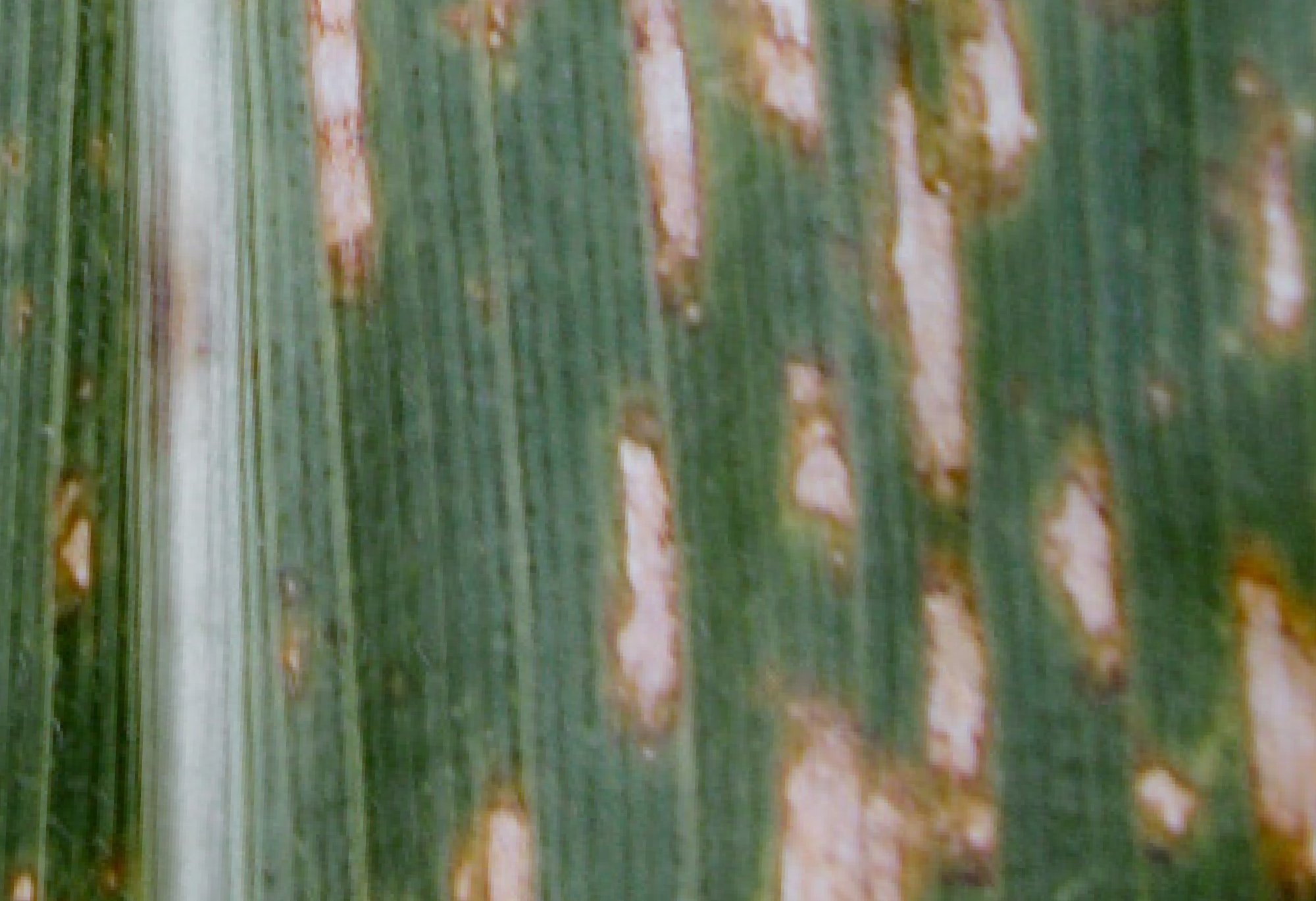
Gray leaf spot remains in a steady state, thanks in large part to better germplasm. Decades ago, outbreaks of this disease caused major problems because it can limit grain development. Today’s breeding programs have been very successful in developing resistant hybrids.
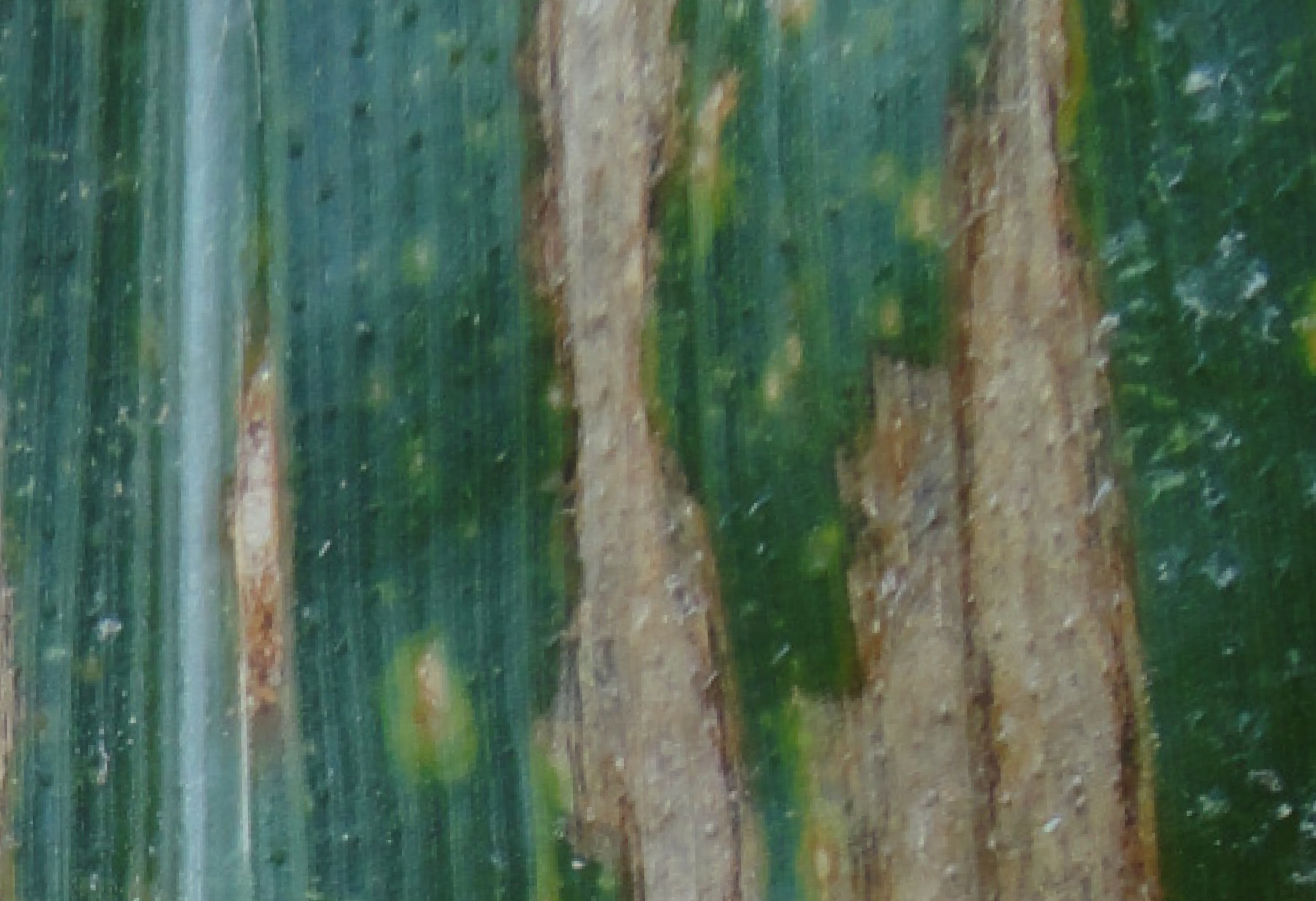
Southern corn leaf blight has not gone away, but incidence also continues to hold steady. As with all leaf diseases, environmental factors play a major role in severity. If southern corn leaf blight takes hold in the crop early, you’re more likely to see damage later in the season.
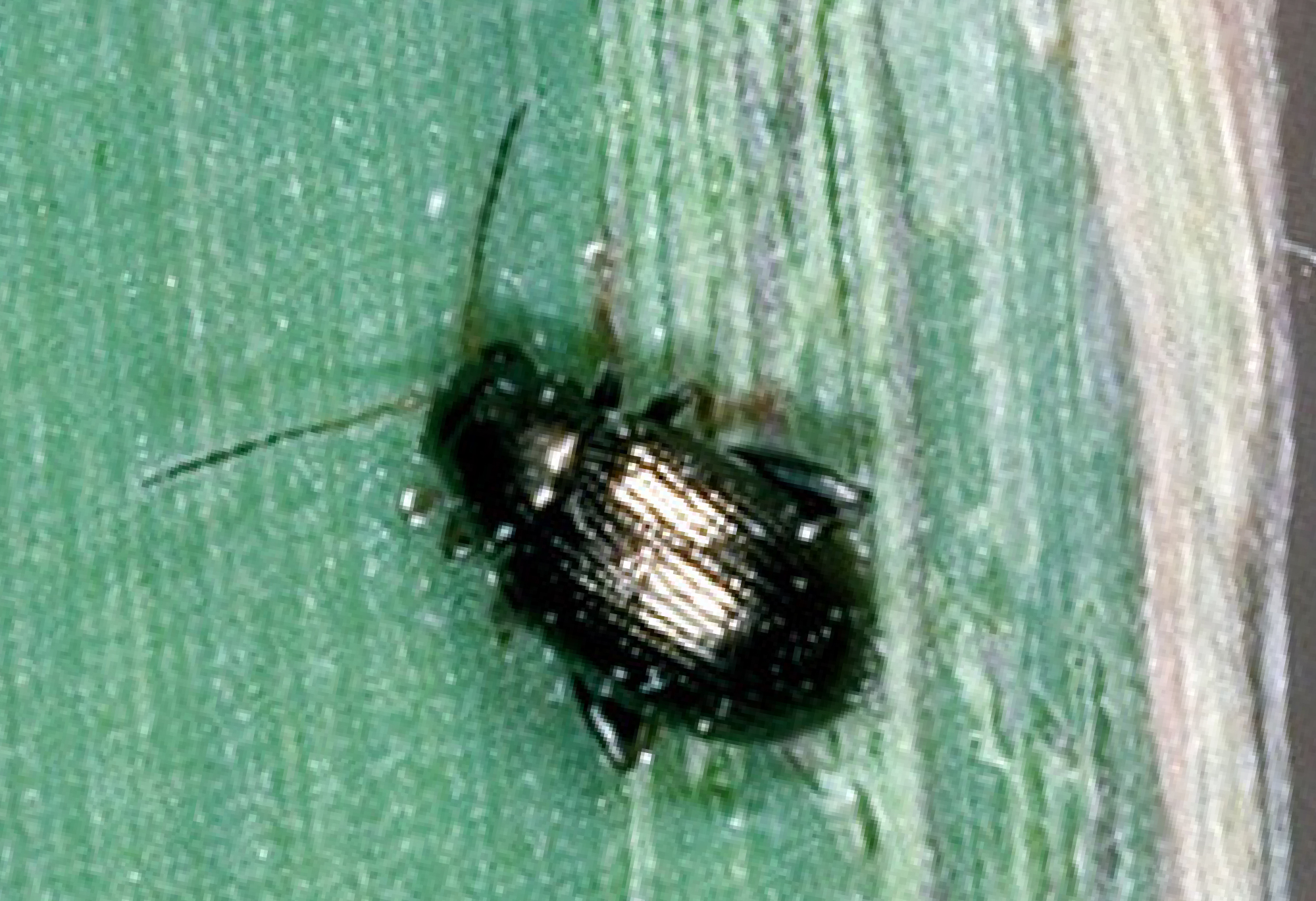
Stewart’s wilt used to cause significant issues across the Midwest, but it has been in steep decline. This has been a real success story, facilitated not by fungicides or breeding, but through insecticide seed treatment. Flea beetles are a major carrier of Stewart’s wilt, spreading the disease after feeding on infected plants. The bacteria that causes this disease can survive in beetles’ guts as they overwinter, allowing infection to reemerge the following year. However, widespread use of insecticide seed treatments starting in 2008–2009 began to dramatically reduce flea beetle populations. Without these insect pest carriers, Stewart’s wilt has virtually disappeared, with no major outbreaks in more than 12 years. This is a great reminder to look at disease control programs holistically, using a combination of many tools, such as genetics, foliar sprays, biologicals and seed treatments, to protect this season’s corn crop and delay future resistance development.